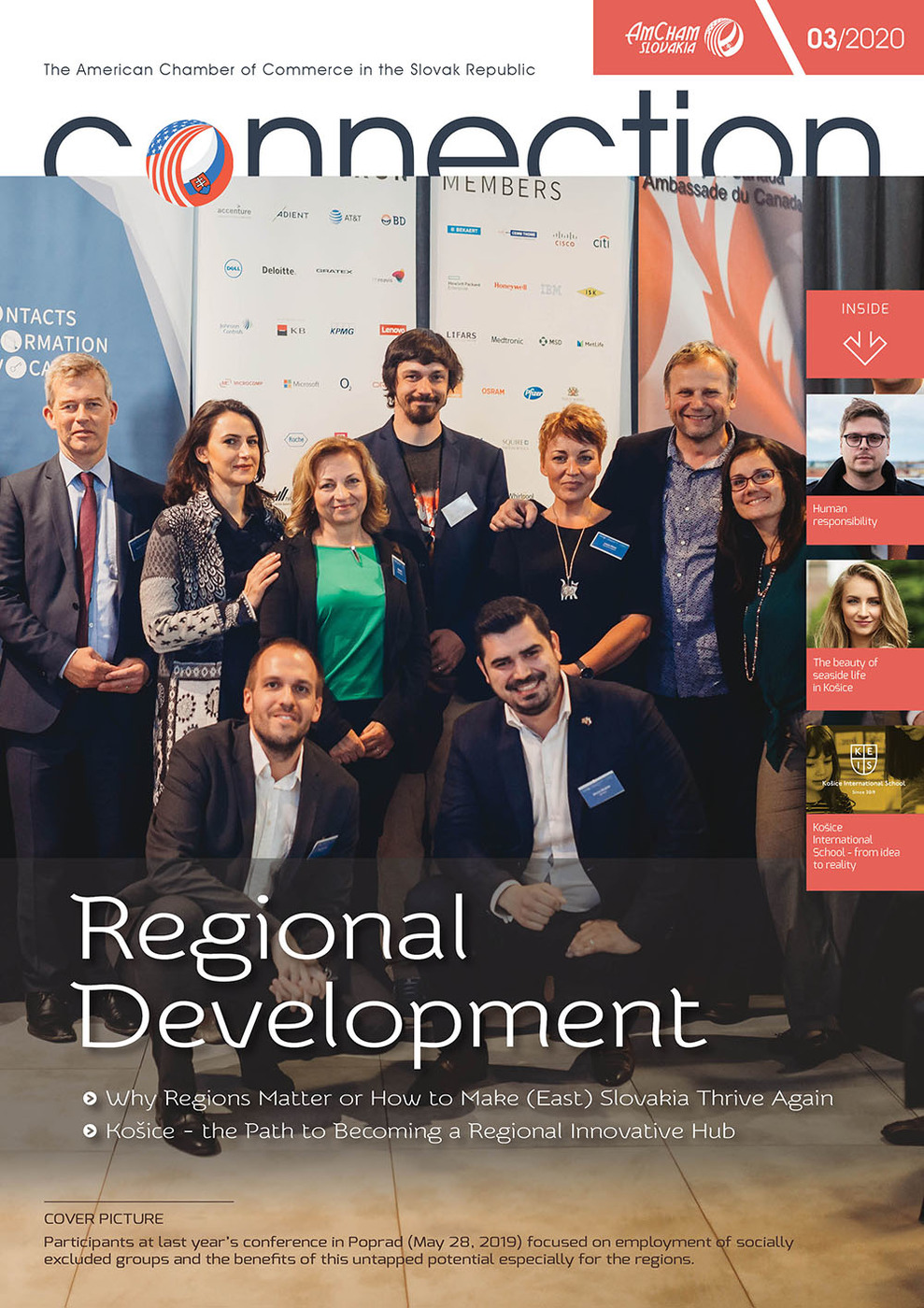Of course, most of us were quite horrified by this perspective. Twelve years later, we are all again experiencing something extraordinary in our societies, economies, relationships, and all around us. It is definitely not exciting, as the effects of the novel coronavirus in terms of recorded deaths, economic devastation, and effect on our collective mental health are crippling. However the fact is that we are once again in an unprecedented and unique situation, which requires us to adapt.
The primary health related effects and deaths caused by the spread of the novel coronavirus pandemic are very severe. However, for the purpose of this article I will focus only on the other secondary effects of the pandemic. The first specific aspect of the current crisis can be summed up with the classic: “that escalated quickly!”. After countries implemented quarantine protocols, fast school closures, businesses moving to remote work, shops closing - it all came extremely suddenly, and businesses needed to adapt immediately. This massive moving of the workforce to a “home-office” mode, closure of branches and brick-stores and transferring of processes to the virtual and paperless world required great effort. The primary objective was to get as many processes running as quickly as possible. Quarantine measures on this scale were unprecedented. Although many companies already had extensive business continuity management protocols in place, we all experienced disruptions and had to prepare workarounds to continue to operate. The primary objective is to adapt and “survive”, efficiency comes second. The result is that many such initial solutions may have been unsystematic, costly, and not efficient at all. Companies need to take a good look at these quick solutions implemented during March and April 2020, because there is no doubt that this period served as an accelerator for many innovations. The trend of gradual “virtualization” of many processes is not new, but the current crisis has increased its speed significantly.
Companies need to take a good look at these quick solutions implemented during March and April 2020, because there is no doubt that this period served as an accelerator for many innovations. The trend of gradual “virtualization” of many processes is not new, but the current crisis has increased its speed significantly.
The first item on the agenda, as life starts getting back to normal, will be for companies to look at implemented solutions and rethink them in “peace time”. What needs to be analyzed: What is the efficiency of new processes and what are the new bottlenecks? What are the operating costs associated with the implemented processes, and are they optimal? And what about the new security risks which come along with increased automation and transfer to the virtual world?
The second important thing to consider is which of the new practices will stay on with us, and where it will be more efficient to go back to the “old ways”. It’s true that this crisis accelerated the automation of a lot of outdated activities, for example in the area of manual paperwork. However, it did not change who we are as human beings and our primary motivations as homo economicus: people will continue to want to go to restaurants, shop for clothing, transact with banks, watch movies, and see the world. Which of these activities will, or should return to normal, and where will the automation and virtualization be most visible after this crisis? Indeed this is the second aspect each company after the crisis should look at. As we come out of the crisis, for which of the areas previously addressed should a company stick with the new virtual process, and where should it return to the original form? Again, potential bottlenecks, costs and security aspects should be considered.
The answers to these questions will differ in each industry, and the challenge for companies will be to understand the impact and implications of them and come up with the perfect mix of:
- which implemented workarounds to keep and adapt as the new norm,
- which activated business continuity measures to keep,
- analyzing the efficiency and costs of this new operating mode,
- making a decision on where a return to the “old way” is desirable.
I think our society will emerge stronger from this crisis, because it will be more connected, and more resilient. This is because so many of the new solutions and processes will be the result of actual testing by fire. Measures which need to be implemented in times of crisis were perhaps verified before in a testing environment, but this crisis gave us the unique opportunity which no testing scenario of any crisis management ever could. Therefore, each company now has valuable know-how on its operations and implemented solutions, which can now be analyzed in light of the areas discussed. This will not be trial and error anymore, or process modeling: we all have hard evidence of what worked and what didn’t, how much it cost, and what new unexpected risks came with it.
To achieve this resilience, companies will most likely utilize a combination of the following:
- Increased automation: for example, reliance on robotic process automation in day to day operations
- Virtualization of processes, where it is efficient and possible
- Increased awareness of the value and significance of the “personal touch”: whether it is through increased development and use of AI, or simple human interaction and contact.
Perhaps my former colleague is now again excited to be living a unique situation. Most of us will not be so thrilled. But we are faced with the same reality and have a shared experience. We must make the best use of this experience which we all involuntarily gained. So let’s ask ourselves, in our personal lives, but also as each business entity: What are we now doing better? And how do we keep it that way?



Follow us